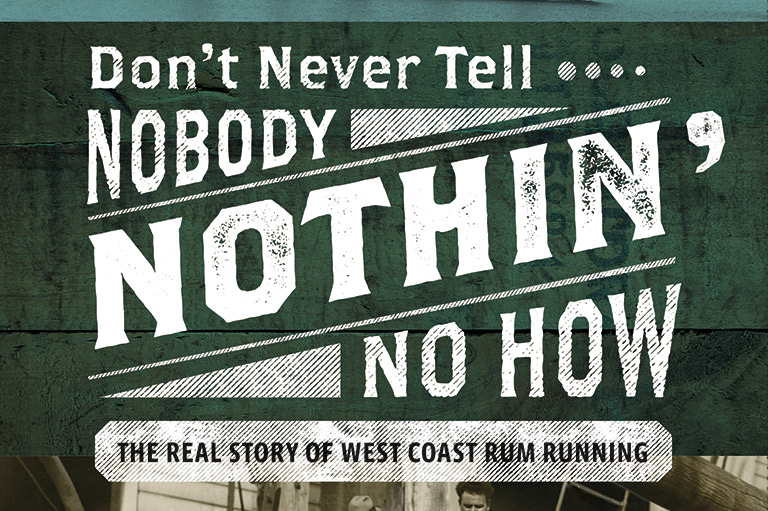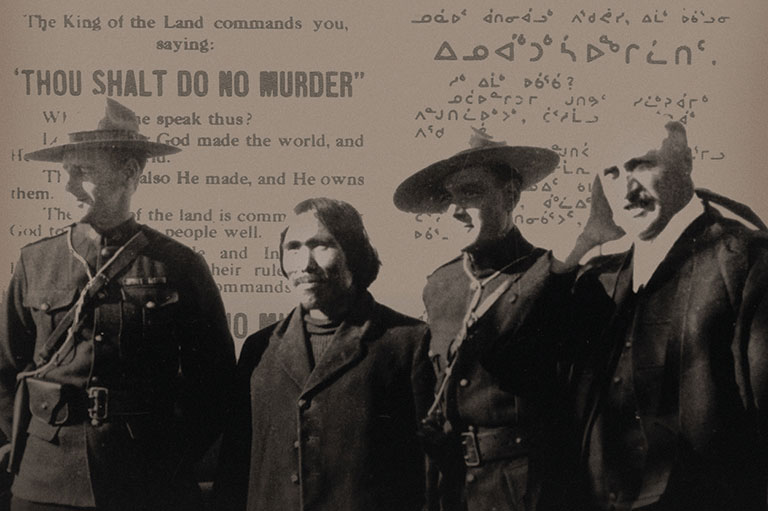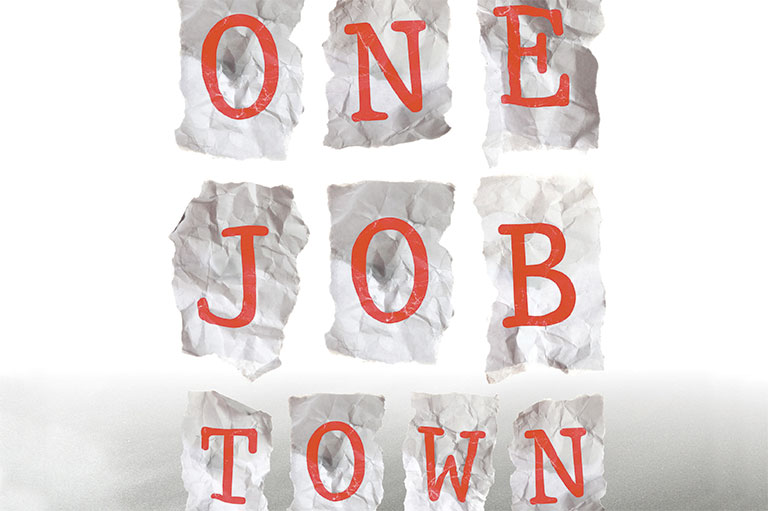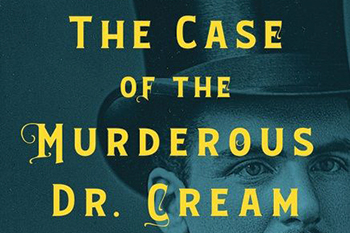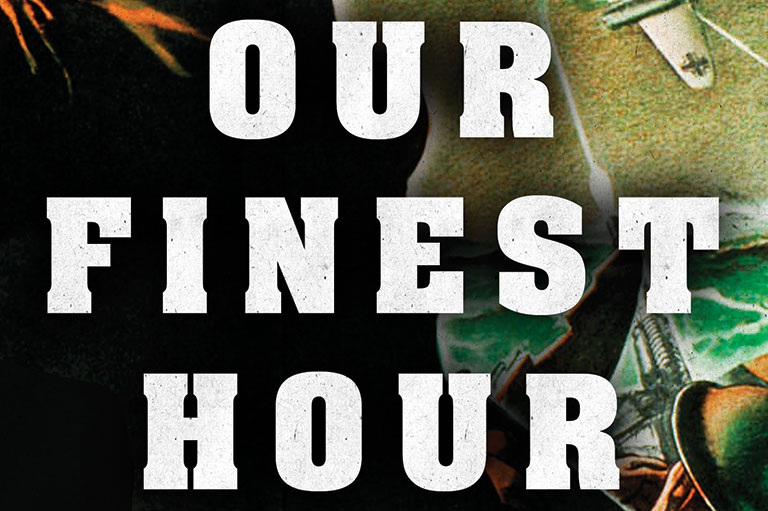Dying for a Drink
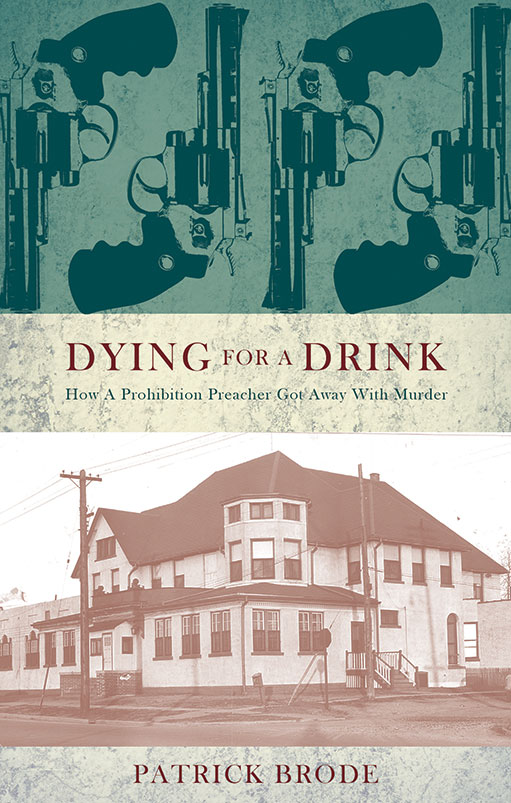
Dying for a Drink: How a Prohibition Preacher Got Away with Murder
by Patrick Brode
Biblioasis, 215 pages, $19.95
On November 6, 1920, Reverend J.O.L. Spracklin, a.k.a. “The Fighting Parson,” gunned down his old pal and local barkeeper Beverly “Babe” Trumble. Author and historian Patrick Brode delves into this shocking episode in Windsor, Ontario’s past and asks, “What led to a hotheaded reverend taking the law into his own hands, killing a man, and getting away with it?”
What makes this feat all the more incredible is that Spracklin was a spurious friend to law-enforcement officers, calling them out as corrupt or incompetent. A significant part of the local population was engaged in rumrunning in some form or another; veterans were earning money in a slow economy, and business owners were flourishing.
In spite of “his calling,” Spracklin, who worked as part of a special temperance-enforcement team that bypassed police, was lax when it came to the necessary paperwork to sustain the charges he brought. The people arrested were often released due to charges being misdated, and his special deputies were no more than thugs.
Dying for a Drink is a brisk read that aptly describes Canada’s temperance movement and the move towards prohibition, a time when religious zeal in a raunchy and unruly era created a plethora of legal and social contradictions. Index, bibliography, and endnotes are all provided, as are illustrations (although they are somewhat small).
I found the book quite enjoyable — despite all my head-shaking when I couldn’t help but think, how could they possibly get away with doing that?!
We hope you’ll help us continue to share fascinating stories about Canada’s past by making a donation to Canada’s History Society today.
We highlight our nation’s diverse past by telling stories that illuminate the people, places, and events that unite us as Canadians, and by making those stories accessible to everyone through our free online content.
We are a registered charity that depends on contributions from readers like you to share inspiring and informative stories with students and citizens of all ages — award-winning stories written by Canada’s top historians, authors, journalists, and history enthusiasts.
Any amount helps, or better yet, start a monthly donation today. Your support makes all the difference. Thank you!
Themes associated with this article
Advertisement
You might also like...

Our online store carries a variety of popular gifts for the history lover or Canadiana enthusiast in your life, including silk ties, dress socks, warm mitts and more!

